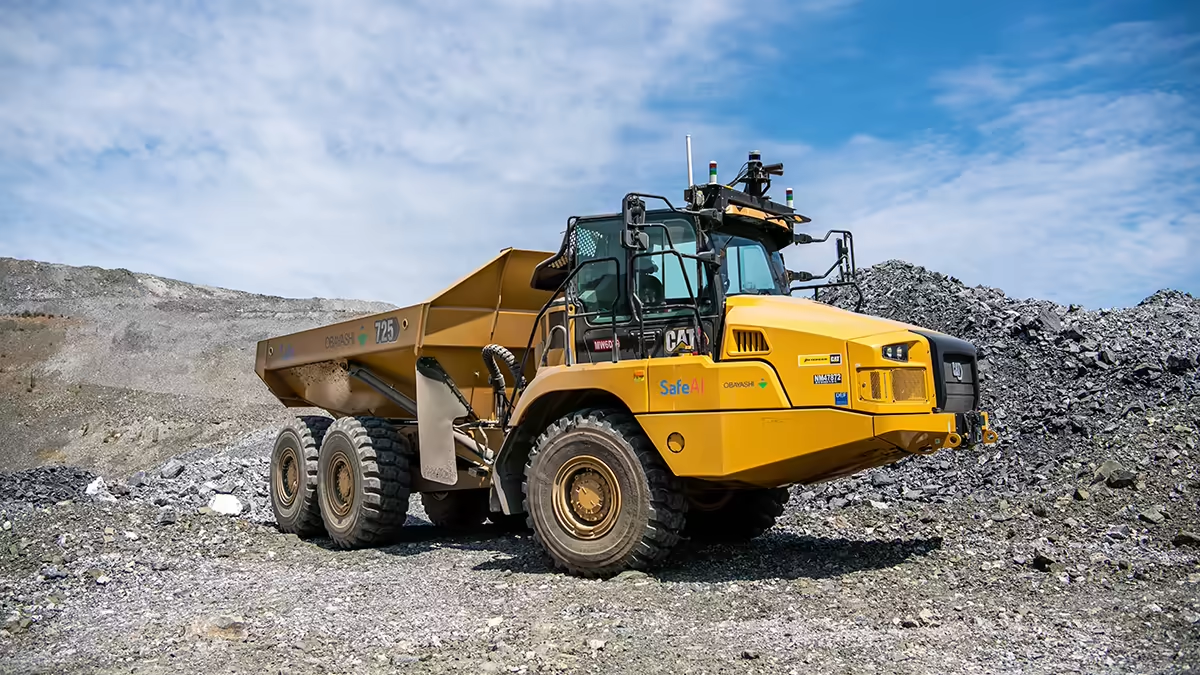In the throes of productivity, heavy equipment acts as a linchpin in enhancing workplace efficiency. Picture a construction site - without excavators and cranes, projects would trudge forward at a snail's pace.
The sheer power and precision these mechanical giants bestow upon your operations is the reason why leveraging such machinery translates to increased output. They're not just tools; they're force multipliers that transform potential into performance. Strategically deploying this heavy equipment can be the difference between meeting deadlines with ease or falling victim to costly delays.
In this article, we will explore how this transformation happens on the ground level.
Faster Task Completion
One cogent advantage of deploying heavy equipment is the dramatic reduction in time to complete tasks.
Let's take excavation as an example. Manual labor, armed with shovels and wheelbarrows, might move earth at a plodding pace. Introduce an excavator into this equation, and the scenario shifts dramatically. It's like replacing a hand-held brush with a power washer when cleaning a vast deck.
This machinery digs, lifts, and removes soil rapidly - tasks that would otherwise consume hours or days are done in minutes. The knock-on effect? Projects accelerate forward; deadlines become more than just aspirations; they're achievable targets. Shaving off hours ensures other dependent activities aren't bottlenecked by delays, keeping your project on the fast track to completion.
Enhancing Workforce Allocation
Another pivotal aspect of deploying heavy equipment is in the optimization of workforce allocation.
Consider the manpower traditionally required for tasks like moving materials across a construction site - it's an exhaustive effort when done by hand. The introduction of a telehandler or forklift changes that dynamic entirely. For businesses looking to optimize such operations, understanding the nuances of forklift transport can provide significant insights into efficient material handling. It's akin to choosing a chess grandmaster to orchestrate your pawns; each move is calculated, strategic, and purposeful.
With such machines at play, workers are reallocated from grueling manual labor to more skilled tasks where human finesse is irreplaceable.
This not only maximizes employee potential but also boosts morale by eliminating excessively tedious work. Precious human capital is thus conserved for areas that require critical thinking and craftsmanship, ensuring talent is used where it truly excels.
Streamlined Operations and Adaptation
Another layer to the efficiency puzzle is how heavy equipment enables streamlined operations through adept adaptation to logistical challenges, including navigating state-specific regulations during transport.
Picture this: a logistics company faces a myriad of complex rules that differ from one state to another when moving equipment. Manually adjusting plans for each jurisdiction is no small feat - rather, it's like deciphering a unique dialect of the same language every few hundred miles.
Now, imagine having an individual or company in place that automates compliance with these varying regulations to ensure your equipment shipment to all states is smooth. Such a logistical solution means that the equipment required at different sites arrives without legal hiccups or delays.
The result? A more fluid operation where machines are where they need to be, right when you need them - becoming instrumental in maintaining the momentum of projects across multiple locations. This not only saves time but also circumvents potential fines and operational standstills that could derail project timelines and inflate costs.
Reduced Wear and Tear on Personnel
Reducing physical wear and tear on workers is another significant impact of heavy equipment.
Human labor is invaluable, but it comes with limitations. Workers who perform repetitive, physically demanding tasks are like marathon runners pushing at a sprinter's pace - unsustainable in the long run.
Heavy machinery steps in as a pivotal ally here, taking on the brute force work that can cause injury and fatigue. Transferring these strenuous activities to machines designed for such purposes means employees can focus on less physically taxing tasks.
This shift not only extends workers' careers by mitigating workplace injuries but also maintains high levels of productivity throughout the day. Employers consequently notice a drop in absenteeism due to work-related ailments and appreciate an uptick in morale as their teams recognize the investment in their well-being and professional longevity.
Precision and Quality Control
Lastly, the deployment of heavy equipment is instrumental in improving precision and quality control within workplaces.
Accuracy in execution is not just desirable; it's often non-negotiable, particularly in industries where precise measurements are critical. Say goodbye to the hit-or-miss approach that sometimes accompanies manual methods.
With technology-laden equipment at the helm - think GPS-guided earthmovers or laser-leveled graders - tasks are performed with pinpoint accuracy. These machines provide consistent results that human hands can struggle to achieve due to variables like fatigue or subjective judgment.
The outcome is two-fold: higher quality workmanship and reduced waste from errors. This level of consistency ensures that projects meet exacting standards every time, bolstering your reputation for excellence while conserving resources - a definitive win-win in any business's book.
In Conclusion…
The advantages of heavy equipment deployment in enhancing workplace efficiency are clear and multifaceted. From accelerating project timelines and optimizing workforce usage to streamlining operations across states and safeguarding precision, these mechanical powerhouses are indispensable.
Investing in the right machinery for your operations not only drives productivity but also sets a standard for quality and care in your projects.
As you consider the next steps for your business, remember that the strategic deployment of heavy equipment might just be the keystone that supports everything else you build.



